Russia's 'grey zone' tactics in Finland’s snowy forests
Tensions have risen between the two countries ever since Finland applied to join Nato last May

Another crisis involving an influx of migrants is building up on Europe's border, said Christiane Kühl on Merkur.de (Munich). But this one isn't in the Mediterranean: it's occurring along the frozen stretches of the 832-mile frontier between Finland and Russia.
From August to December last year, more than 1,300 refugees from nations such as Yemen, Somalia and Syria crossed into Finland (before that it had been an average of just one a day); thousands more are expected when spring arrives. It's all part of Russia's plan to destabilise its neighbour. The tensions between the two countries have a long history, but in April last year they escalated dramatically when Finland joined Nato, and have risen ever since. Using migrants as a weapon is a classic case of Russia using "grey-zone tactics" against a Nato state – a ruse somewhere between political pressure and physical aggression.
Finland's firm stance
In response, Finland closed all its border crossings in November, said Elisabeth Braw on Politico (Brussels). However, "like any responsible democratic government", it put a time limit of two weeks on the closure, hoping that would deter Moscow from doing the same again. Yet when it reopened two crossings in December, the migrants started pouring in again. So now, as well as shutting all of its crossing points, it's stepping up patrols using heat sensors and drones to stop them crossing through the woods. But it's not easy picking them up in freezing, inhospitable woodland in the depths of winter, so last year work started on a 124-mile, ten-foot-high barbed wire fence along a sensitive part of the border. This has badly hit the many Finns needing to travel to Russia, in particular ethnic Russians living in Finland, some of whom have held protests to "voice their anger" over Helsinki's handling of the dispute.
The Week
Escape your echo chamber. Get the facts behind the news, plus analysis from multiple perspectives.

Sign up for The Week's Free Newsletters
From our morning news briefing to a weekly Good News Newsletter, get the best of The Week delivered directly to your inbox.
From our morning news briefing to a weekly Good News Newsletter, get the best of The Week delivered directly to your inbox.
Finland's firm stance also risks undermining its image as a liberal nation that follows international asylum conventions, said Erika Solomon in The New York Times. But Helsinki had no choice. Finnish guards say the migrants are either forced across the border or given bicycles to encourage them to cross it.
Russia the 'unstable giant'
The long border has shaped Finland's relations with Russia, said Laura Saarikoski in Helsingin Sanomat (Helsinki). It sees its neighbour as an "unstable giant" to be mollified when possible, but to be guarded against in readiness for those times when a "bout of delirium" overtakes the Kremlin. And until Russia invaded Ukraine, Finland relied on its own resources for its security, said Andrea Prada Bianchi in Foreign Policy (Washington). From the end of the Second World War up to last April it had kept militarily neutral, while developing the strongest artillery in western Europe and making military service mandatory for school leavers.
Fully 900,000 of its 5.5 million people have had military training, and it now boasts a wartime troop strength of 280,000. Nato membership ended that self-reliance, but not Finland's resolve to remain well-equipped: it recently bought a high-altitude air-defence system from Israel and 64 F-35 jets from the US. It also plans to open 300 new shooting ranges to help citizens develop their shooting skills, said IceNews (Reykjavik). And Finns are responding to the initiative: enrolment in voluntary defence courses has doubled since the Ukraine invasion, and there has been a huge increase in applications for gun licences.
The number of migrants arriving in Finland is tiny compared to those reaching southern Europe, but 80% of Finns still back the decision to close the border, said Julian Gomez on Euronews (Brussels). That support has emboldened the government, a coalition led by conservatives and the far-right, to look at even tougher ways of dealing with migrants, not least joining with other Nordic countries in chartering repatriation flights. Yet this is a problem that isn't going to go away, said Ilta-Sanomat (Helsinki). The border is due to reopen in mid-April, by which time snow will be melting and Finland's new president, the former prime minster Alexander Stubb, will have taken office. Don't be surprised if Vladimir Putin decides to "test his nerves".
A free daily email with the biggest news stories of the day – and the best features from TheWeek.com
-
 5 loony toons about the Warner Bros. buyout
5 loony toons about the Warner Bros. buyoutCartoons Artists take on movie theaters, high quality cinema, and more
-
 Political cartoons for December 13
Political cartoons for December 13Cartoons Saturday's political cartoons include saving healthcare, the affordability crisis, and more
-
 Farage’s £9m windfall: will it smooth his path to power?
Farage’s £9m windfall: will it smooth his path to power?In Depth The record donation has come amidst rumours of collaboration with the Conservatives and allegations of racism in Farage's school days
-
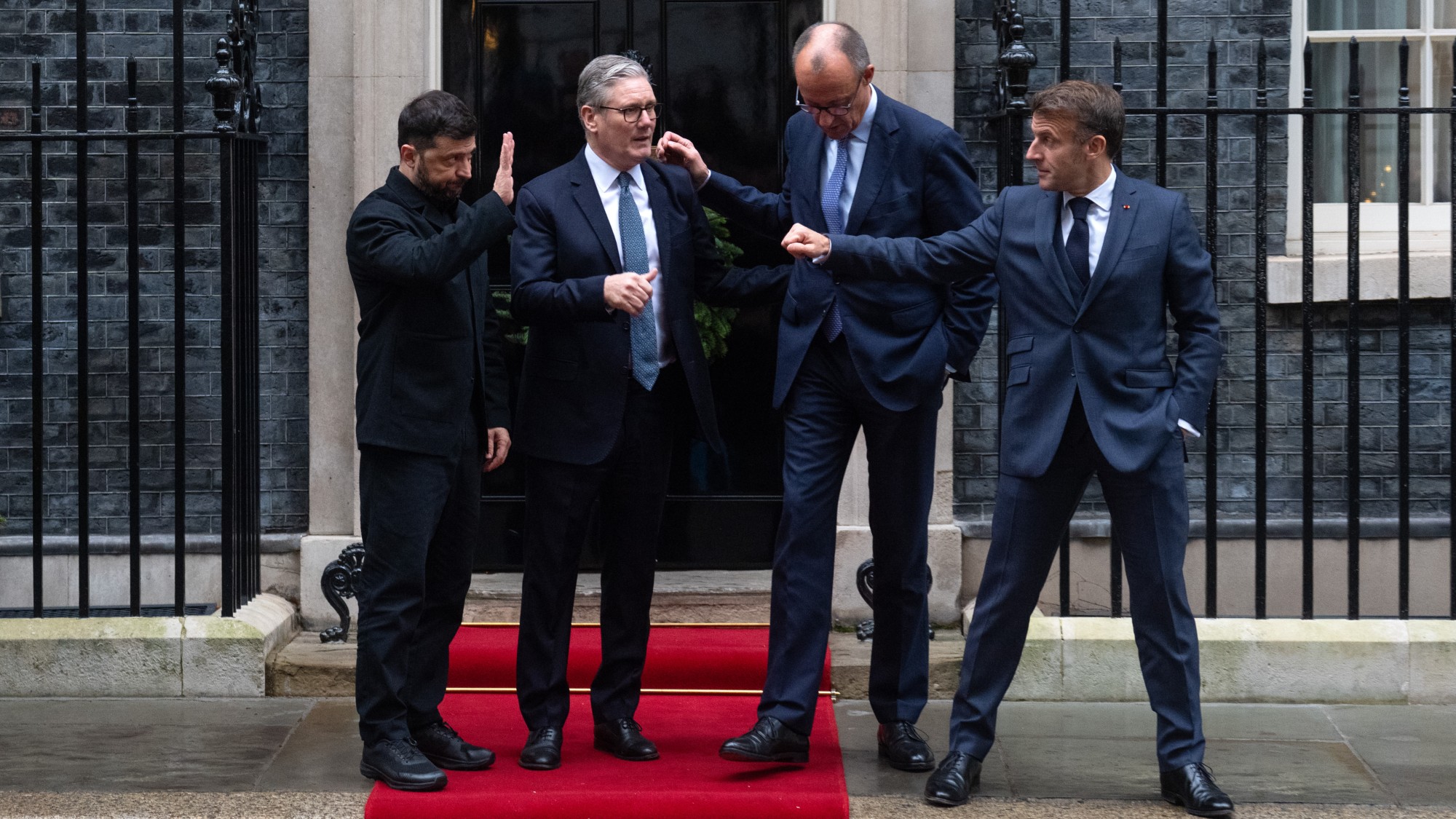 Will there be peace before Christmas in Ukraine?
Will there be peace before Christmas in Ukraine?Today's Big Question Discussions over the weekend could see a unified set of proposals from EU, UK and US to present to Moscow
-
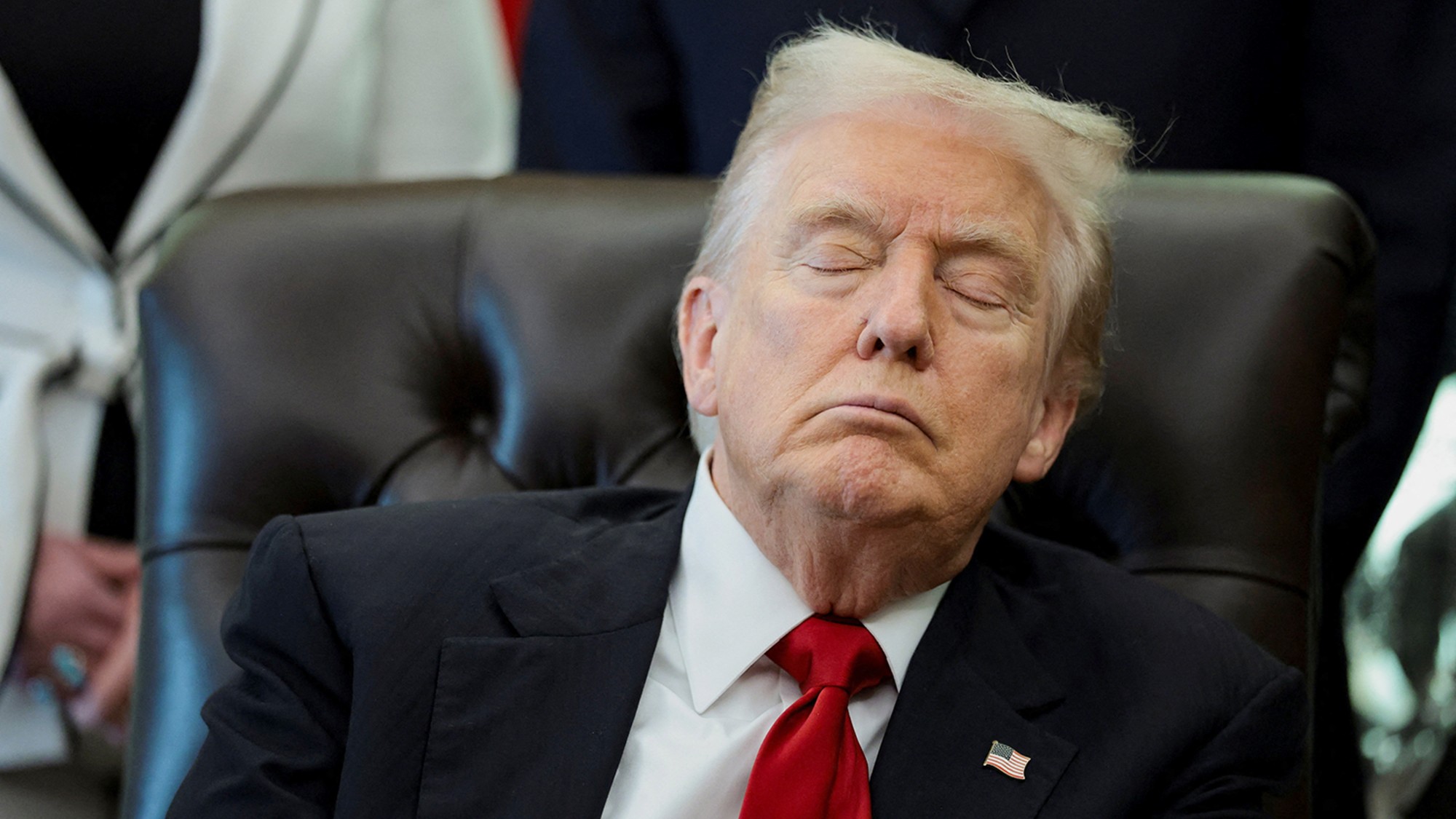 Trump: Losing energy and support
Trump: Losing energy and supportFeature Polls show that only one of his major initiatives—securing the border—enjoys broad public support
-
 Moscow cheers Trump’s new ‘America First’ strategy
Moscow cheers Trump’s new ‘America First’ strategyspeed read The president’s national security strategy seeks ‘strategic stability’ with Russia
-
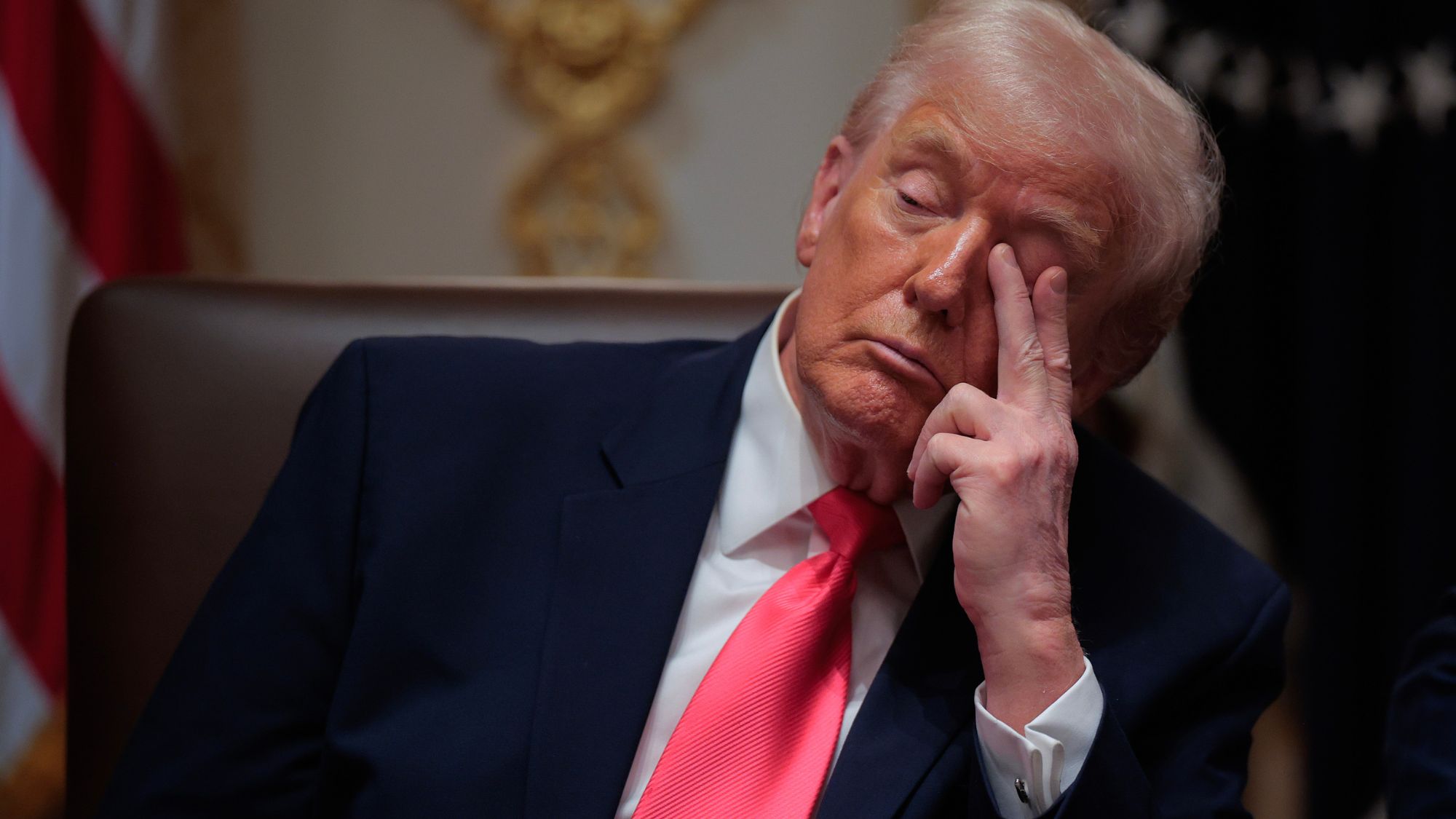 Trump’s poll collapse: can he stop the slide?
Trump’s poll collapse: can he stop the slide?Talking Point President who promised to ease cost-of-living has found that US economic woes can’t be solved ‘via executive fiat’
-
 Is a Putin-Modi love-in a worry for the West?
Is a Putin-Modi love-in a worry for the West?Today’s Big Question The Indian leader is walking a ‘tightrope’ between Russia and the United States
-
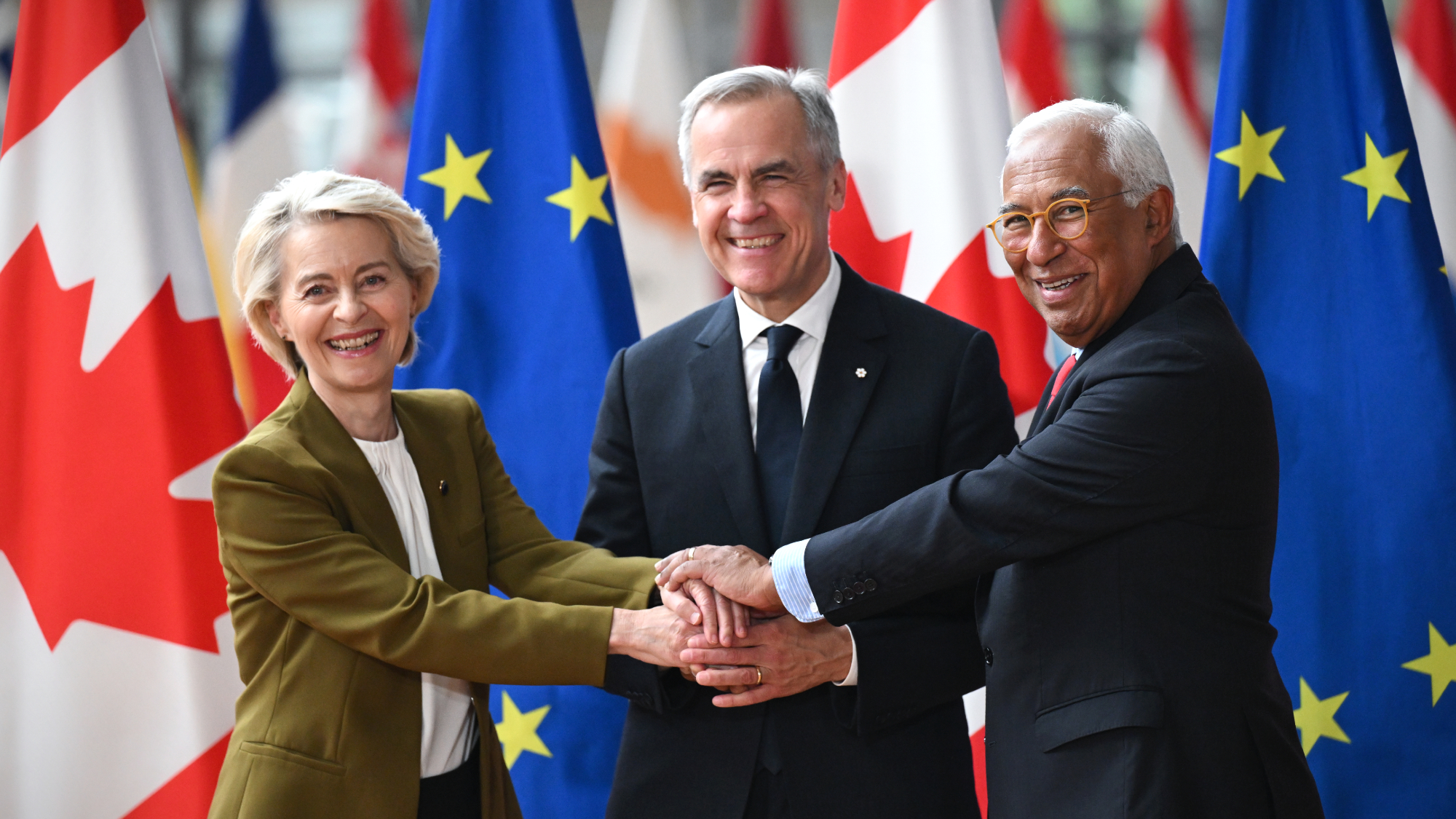 Canada joins EU’s $170B SAFE defense fund
Canada joins EU’s $170B SAFE defense fundspeed read This makes it the first non-European Union country in the Security Action for Europe (SAFE) initiative
-
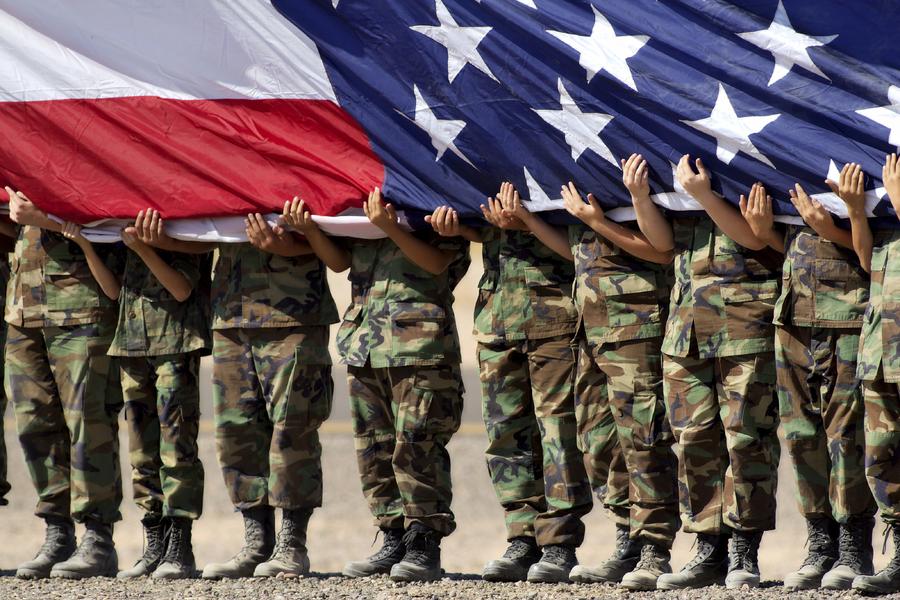 The military: When is an order illegal?
The military: When is an order illegal?Feature Trump is making the military’s ‘most senior leaders complicit in his unlawful acts’
-
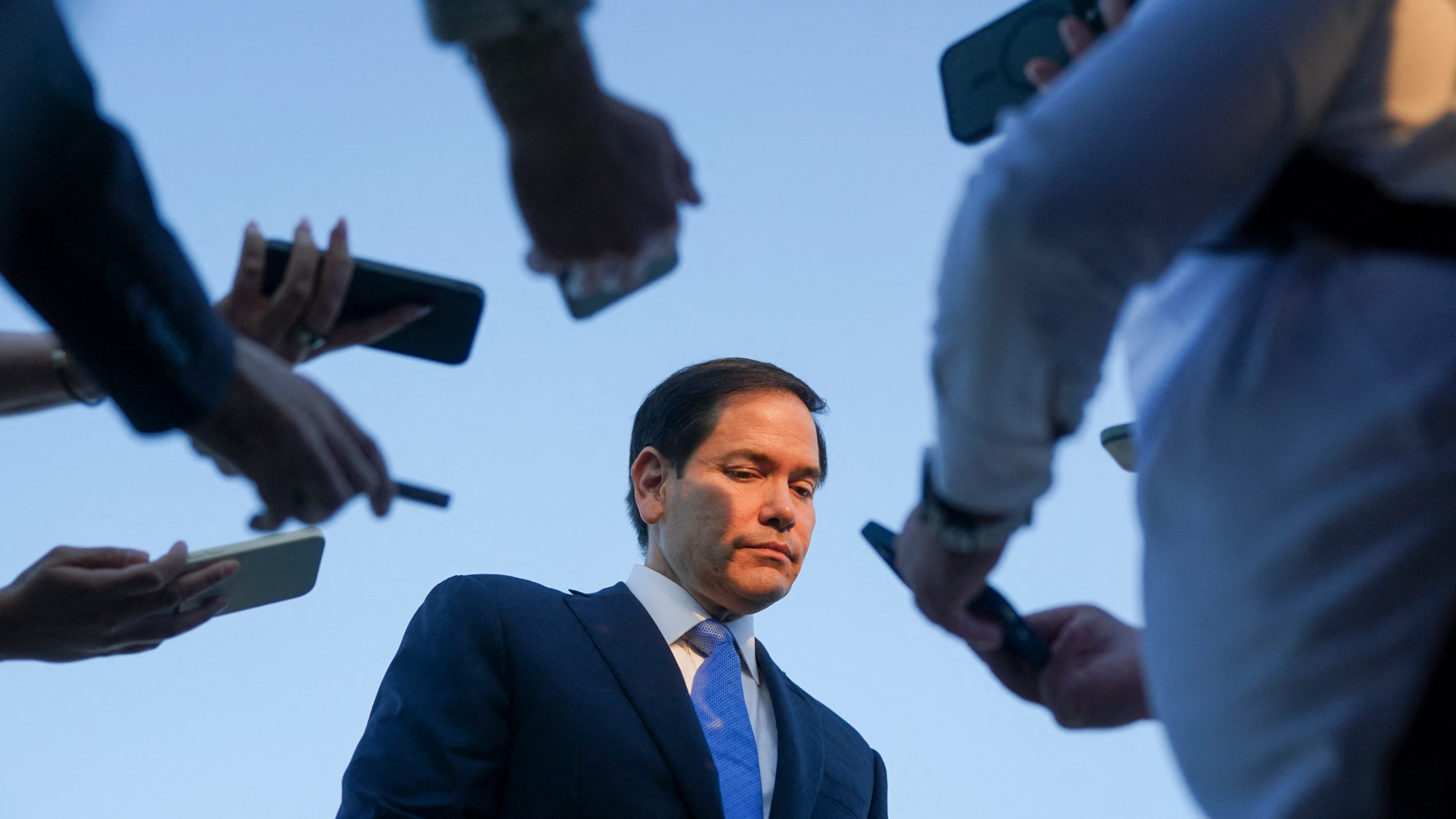 Ukraine and Rubio rewrite Russia’s peace plan
Ukraine and Rubio rewrite Russia’s peace planFeature The only explanation for this confusing series of events is that ‘rival factions’ within the White House fought over the peace plan ‘and made a mess of it’